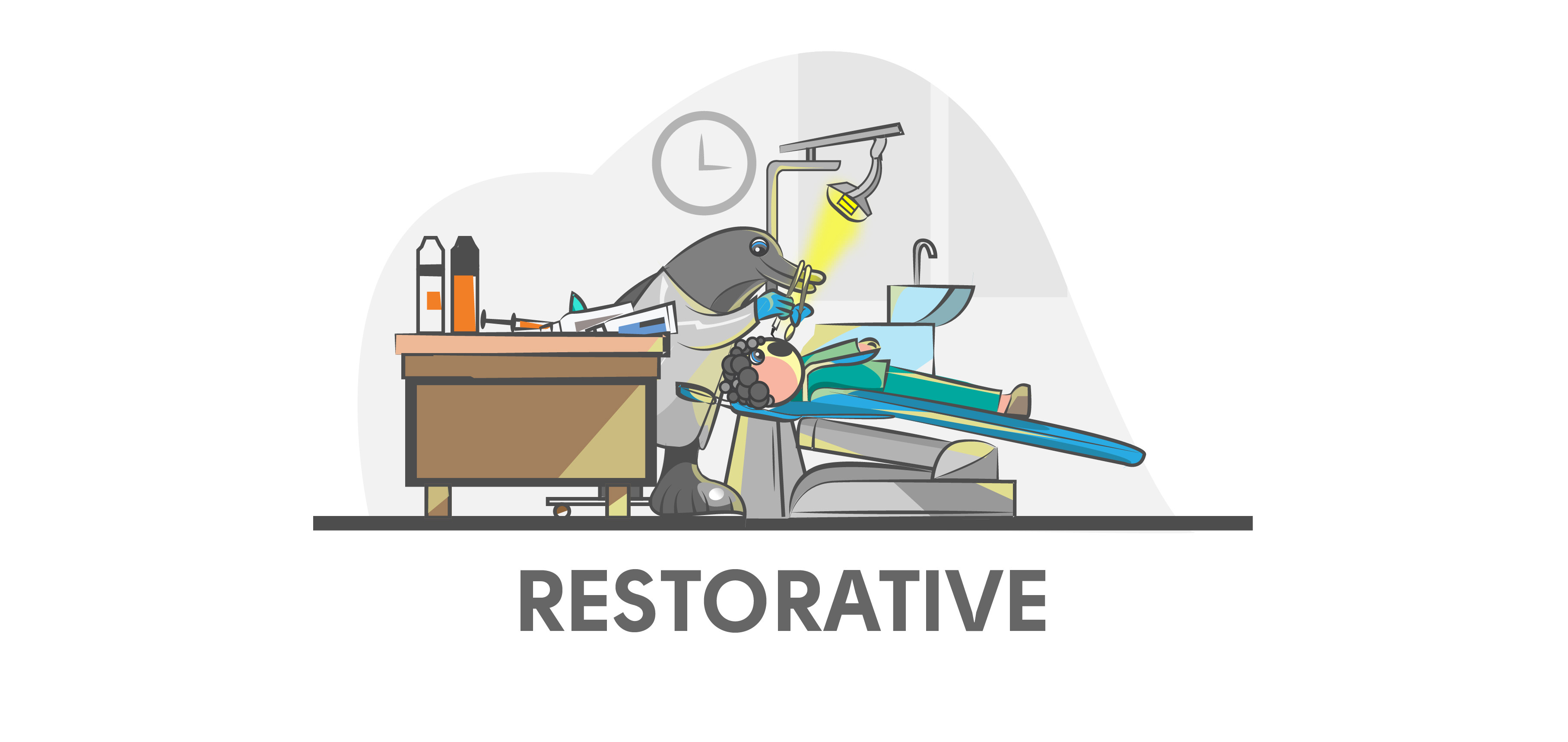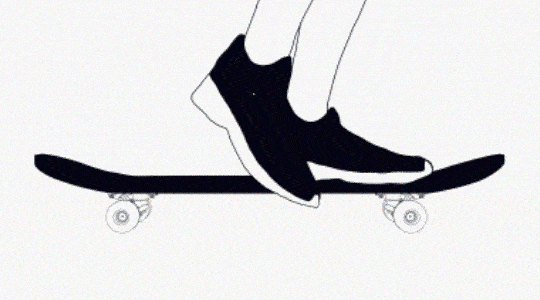Restorative
Restorative dentistry involves removal of the carious teeth shape and preparation of a hollow space withinside the teeth so that it will acquire an appropriate healing. Various substances were utilized in restorative dentistry when you consider that its beginning. Amalgams, composite resins, glass ionomer cements, compomers are the maximum often used restorative substances in dentistry. Dental amalgams were in use in restorative dentistry for the reason that nineteenth century. The system of amalgam via way of means of G.V. Black is unchanged even today. Amalgams are recognized for his or her excessive electricity and capacity to resist occlusal forces. But motives consisting of using mercury and the fact that it does now no longer suit the colour of the tooth result in the discovery of different restorative substances that goal to enhance the colour matching, electricity and bonding to teeth shape Silicate cements have been formulated to conquer the hassle of colour matching. Glass ionomer cements brought via way of means of Wilson and Kent, include a powder and liquid issue of fluor aluminosilicate glass and a polyalkenoic acid. The particular feature of GIC is its capacity to shape a chemical bond with the teeth shape, improving the bond among the teeth and healing interface. Dental composite resins have been invented to function a reaction to the shortcomings of silicate cements. They are composed of methacrylate resins and filler materials and show off super color matching characteristics. The capacity of dental composites to duplicate the color of the teeth have made them one of the maximum desired restorative substances via way of means of dentists and patients. Dental composites adhere to the teeth via way of means of the formation of a micromechanical bond and are to be had in mild treatment and chemically cured variants. Materials consisting of zinc phosphate cements, zinc policarboxylate cements, GIC kind 3, copal resins and others are used as hollow space bases, liners and varnishes, as a shape of pulp protection. They defend the pulp from the thermal, chemical and mechanical agents, that act as irritants. Finishing and sprucing substances are of extraordinary significance in restorative dentistry. Restorations with properly completed and polished surfaces and margins, avoid the build-up of plaque, which might also additionally function a precursor for dental diseases.
- Relyx U200: The most scientifically tested self-adhesive resin cement in the world, RelyX U200 is offered in an easy-to-use automix syringe and the Clicker Dispenser. High-performing self-adhesive resin cement, comfortable and straightforward distribution, and a one-step solution that saves time.
- Cements: Cements in dentistry are materials used to bond dental restorations, such as crowns, bridges, and inlays, to the teeth. They are typically made from a combination of resin, glass, and other materials and are designed to be strong, durable, and aesthetically pleasing. Some common types of dental cements include resin-modified glass ionomer cement, zinc oxide eugenol cement, and composite resin cement.
- Bond Etchants: Bond etchants are chemical agents used in dental bonding procedures to roughen the surface of a tooth to improve the bond strength between the tooth and the bonding material. These etchants are typically applied to the tooth using a brush or cotton swab and left to sit on the surface for a few seconds before being washed off. Bond etchants work by creating small, micron-sized pores on the surface of the tooth, which allows the bonding material to penetrate and form a stronger bond.
- Burs: Burs in dental are small, rotary cutting tools that are used for drilling, grinding, and shaping teeth during various dental procedures. They are typically made of stainless steel or tungsten carbide and come in a variety of shapes and sizes to suit different dental applications. Some common uses of burs in dentistry include removing decay from teeth, preparing teeth for filling or crowns, and smoothing rough surfaces on teeth.
- Cavity Liners: Cavity liners are a type of material that is used to protect the tooth's pulp (the innermost layer of the tooth containing nerves and blood vessels) during a dental filling procedure. Cavity liners are placed inside the tooth after the cavity has been cleaned and before the filling material is applied. They act as a barrier between the filling material and the pulp, preventing the filling material from meeting the pulp and potentially causing irritation or damage.
- Compomers: Compomers are a type of dental material that is used in dentistry for a variety of purposes, including filling cavities, sealing teeth, and repairing dental fractures. They are made from a combination of compounds, including resin and glass particles, and are designed to be strong, durable, and resistant to wear and tear. Compomers are often used as an alternative to traditional amalgam fillings, as they are more aesthetically pleasing and less prone to causing allergic reactions.
- Composites: Composites in dental are materials used to fill cavities in teeth. They are made of a mixture of resin and fine particles, such as glass or ceramic, and are used to restore the natural appearance of the tooth. Composites can be used to repair chips, cracks, and gaps in teeth, as well as to build up areas that have been damaged by decay. They are also used in cosmetic dentistry to change the shape or colour of teeth.
- Desensitizers: Desensitizers in dental care products that are used to reduce or eliminate sensitivity in the teeth. They can be applied topically or used as part of a treatment, such as a filling or crown. Common ingredients in desensitizers include potassium nitrate, which helps to block the nerve impulses that cause sensitivity, and fluoride, which helps to strengthen the enamel and reduce sensitivity.
- Matrix Bands: Matrix bands are thin, flexible strips of metal or plastic used in dental procedures to help shape and contour tooth filling material or restorative materials. They are typically used in the restoration of cavities or filling in gaps between teeth. They are placed around the tooth to create a boundary or "matrix" for the filling material to adhere to, helping to create a smooth and natural-looking finish. Matrix bands are an important tool in modern dental procedures, as they help to ensure that fillings and restoratives blend seamlessly with the surrounding teeth.
- Retainers and Matrix Bands: Retainers are devices used to maintain the position of teeth after orthodontic treatment. They can be made of acrylic, wire, or a combination of both and are often worn at night or for a specified amount of time during the day.
- Matrix bands are rubber rings used in restorative dentistry to shape and mold filling material during a dental filling procedure. They are placed around a tooth and used in conjunction with a matrix tool to create a precise and accurate filling.
- Restorative Finishing & Polishing: Restorative finishing and polishing are techniques used in dental procedures to restore the natural appearance of a tooth after it has been repaired or restored. Restorative finishing involves shaping and smoothing the tooth to match the surrounding teeth and ensure a natural fit. This may include removing excess material, smoothing rough edges, and adjusting the tooth's contours.
- Composite Refills: Composite refills in dental are used to refill or repair tooth-colored fillings in the mouth. These fillings are made of a composite resin, a mixture of plastic and fine glass particles, that is used to fill cavities and restore the natural appearance of the tooth. Composite refills are used to repair or replace damaged or decayed portions of a composite filling, or to add additional material to a filling that has become worn or lost over time. They are typically used in cosmetic and restorative dental procedures and are an alternative to traditional metal fillings.


